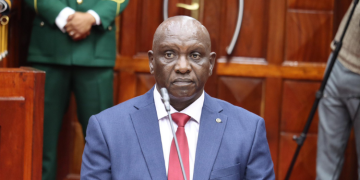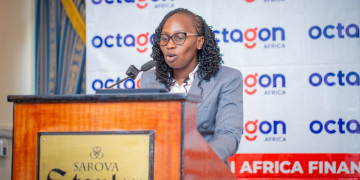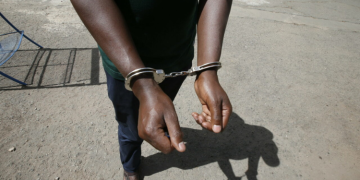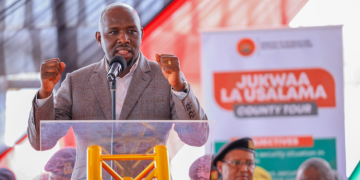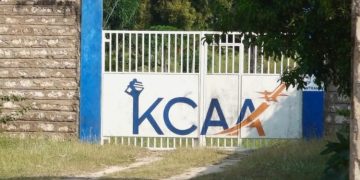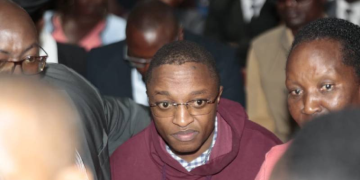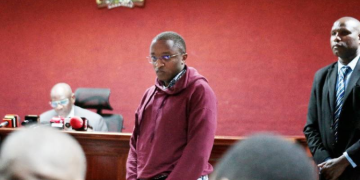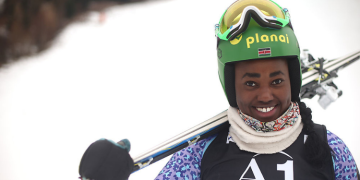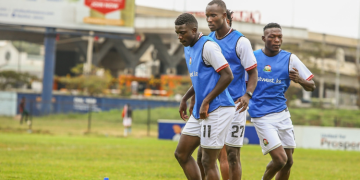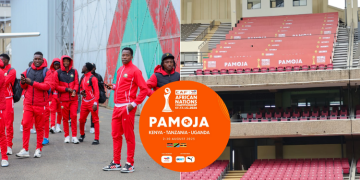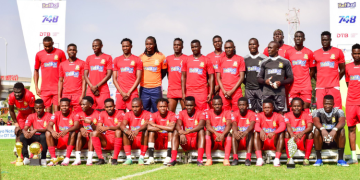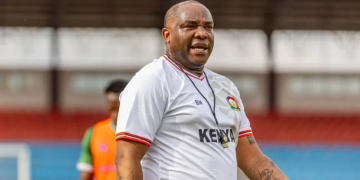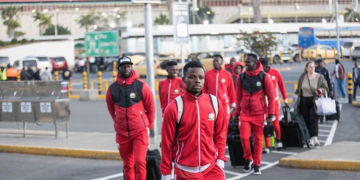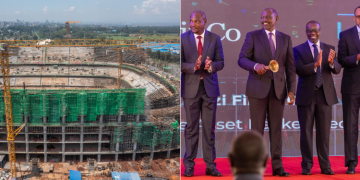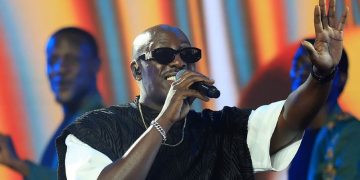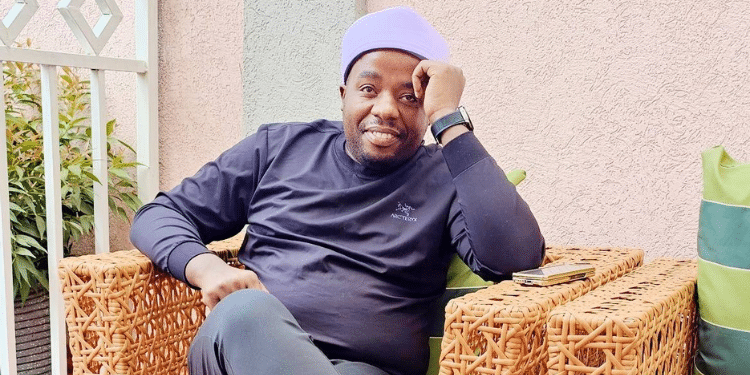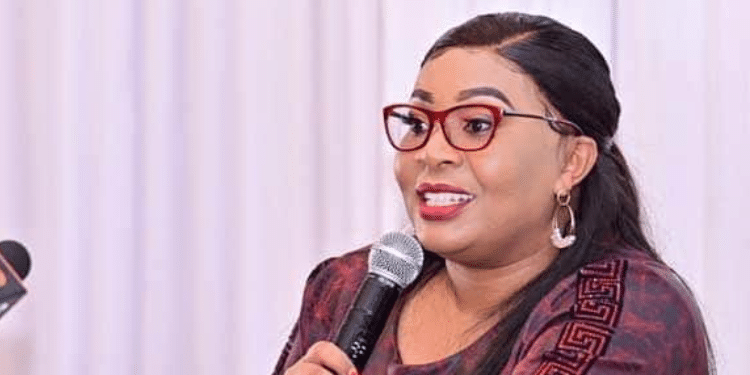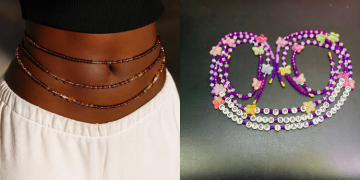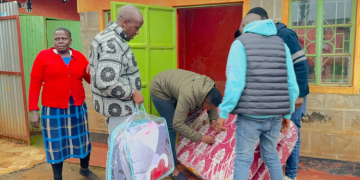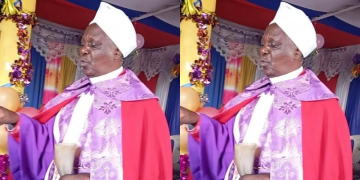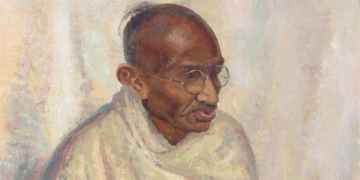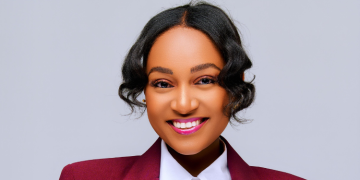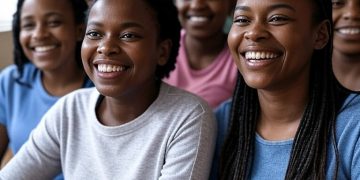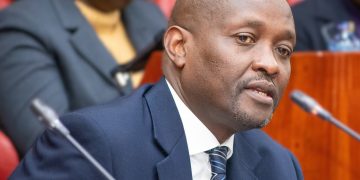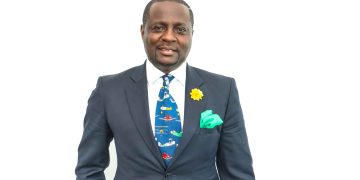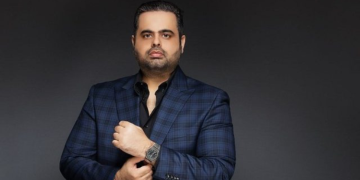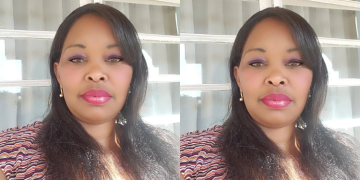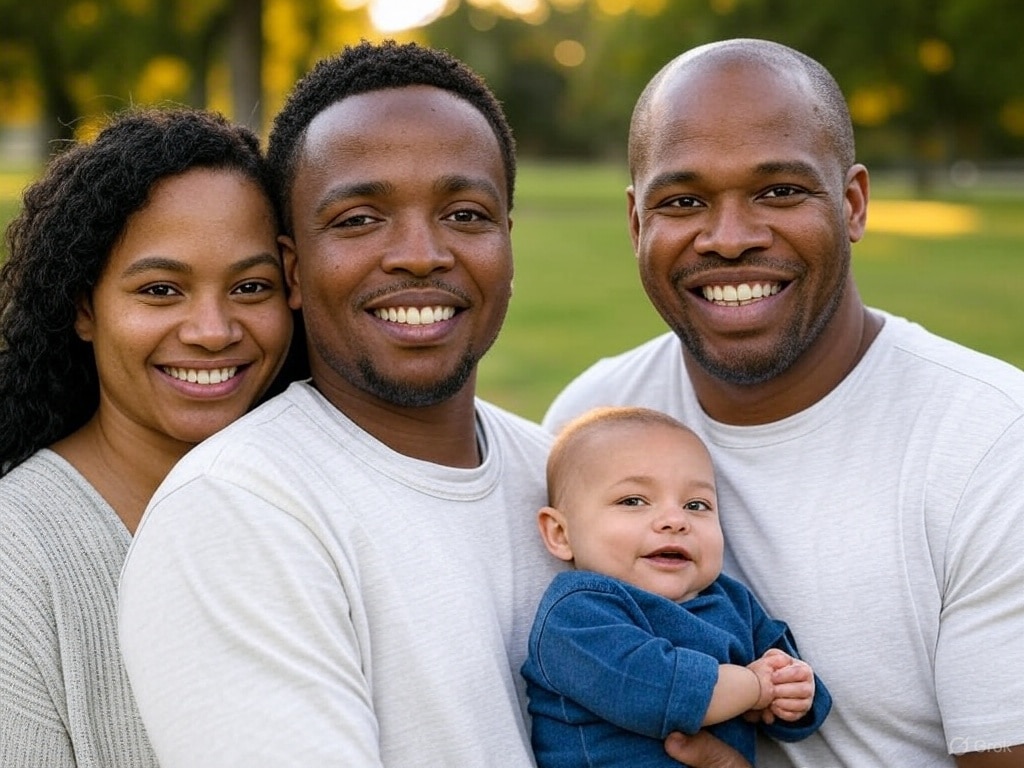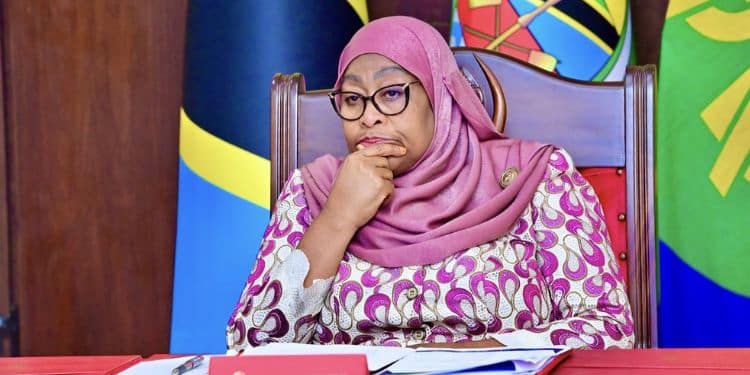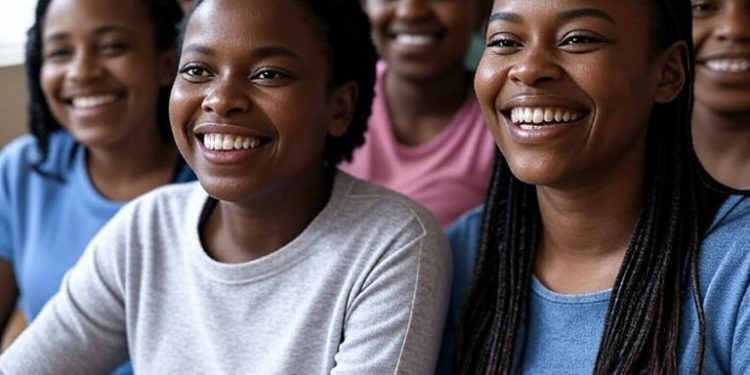Imagine being denied the chance to shape your future — not because you lack the ability or determination, but because the world around you was never designed to include you. Such is the reality for millions of girls with disabilities across Sub-Saharan Africa: girls who are eager to learn and contribute yet remain on the margins of our education systems.
Take Mkarye, for example. She grew up in rural Kilifi, Kenya — a bright, determined student with a mobility impairment and a strong desire to learn. On her first day of school, she arrived with great hope. But that hope soon met practical barriers: there were no ramps, only steep steps that she could not navigate alone. Teachers, often unprepared and unsupported, did not know how to help her thrive. Classmates did not always understand her needs. At home, her parents, like many families facing financial hardship, had to make difficult choices. With limited resources, they prioritized her nondisabled sister’s schooling. Mkarye’s education ended far too soon — not because she lacked motivation, but because structural and social barriers left her behind.
Exclusion of Children with disabilities
Mkarye’s experience is far from isolated. In Sub-Saharan Africa, around 90% of children with disabilities do not attend school, and girls with disabilities are among the most affected. They face a double disadvantage: the barriers associated with disability and the persistent gender norms that still undervalue girls’ education.
Also Read: Challenges Women in Ethiopia Face to Access Higher Education
When families must choose, they often prioritize investing in boys’ education or children without disabilities. Meanwhile, stigma and limited community awareness continue to push girls with disabilities out of classrooms and into early marriage or domestic responsibilities.
While many countries have taken necessary policy steps — for example, Kenya’s 2018 National Education Sector Strategic Plan commits to inclusive education — progress remains uneven on the ground. Many schools still lack accessible infrastructure and resources. Teachers often do not receive the training or support needed to address diverse learning needs. And too often, research and policy discussions treat gender and disability as separate issues, missing how these factors intersect to shape girls’ opportunities.
Efforts to improve outcomes
Longitudinal studies show that interventions like scholarships can improve outcomes for girls. For example, scholarship programs in Niger (2017–2020) increased girls’ secondary enrollment and delayed early marriage.
Also Read: Transforming African Education System with 21st Century Skills
Similar initiatives in Ghana raised senior secondary school completion rates by nearly 70% and improved women’s participation in the workforce. Yet, data disaggregated by disability remains scarce, leaving us uncertain about whether girls with disabilities like Mkarye benefit equally from these efforts.
So, what can we do? First, we must recognize that disability and gender overlap and compound each other. Research must capture this intersection, collecting and analyzing data that shows how girls with disabilities are faring over time.
Schools must become physically accessible and socially inclusive, ensuring that no child is turned away due to a disability.
Teachers need training and practical skills to address both disability-related and gender-specific needs of girls.
In addition, families need clear information, support, and encouragement to invest equally in the education of all their children.
Finally, we must look beyond primary schooling. If we are serious about breaking cycles of poverty and exclusion, we must support girls with disabilities through secondary school, into vocational training or higher education, and onward to meaningful employment.
Mkarye — and the millions of girls like her — have every right to an education that equips them to build their futures. Turning policy promises into practical action is the next critical step — and it is a step we must take together.
This article was written by Amani Karisa and Charity Waweru-Mwangi. Amani is an Associate Research Scientist at the African Population and Health Research Center (APHRC) while Charity is a Communications Officer at APHRC.
Follow our WhatsApp Channel and X Account for real-time news updates

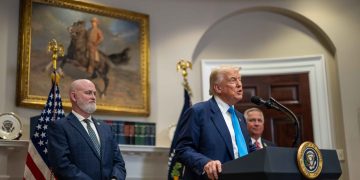
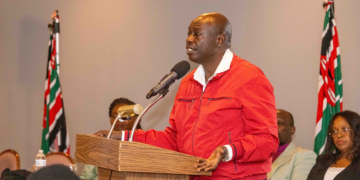
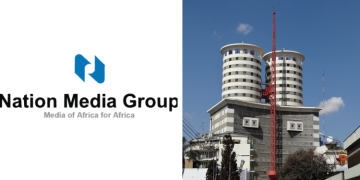
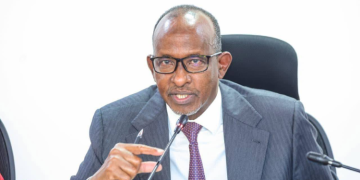

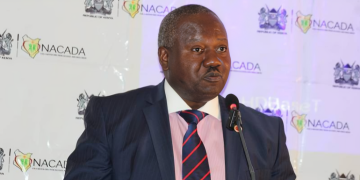
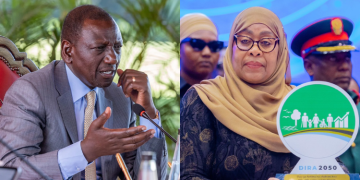
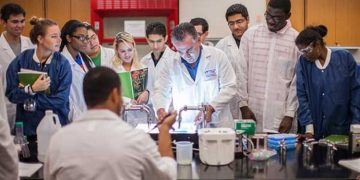

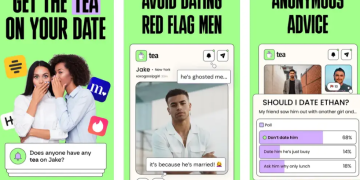

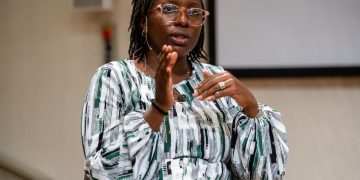


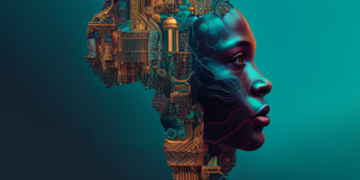
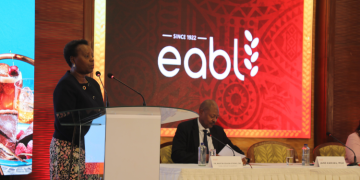
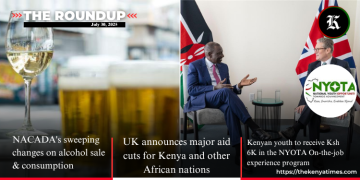

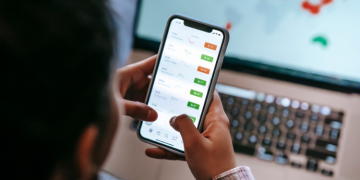
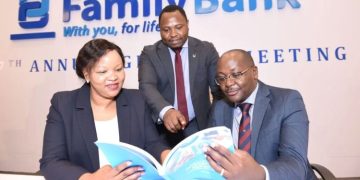
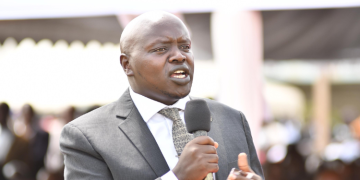

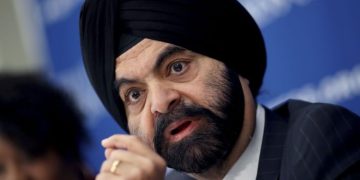
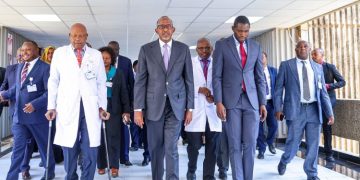
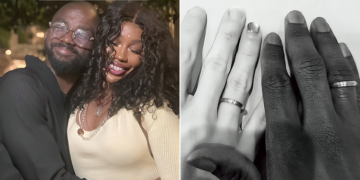
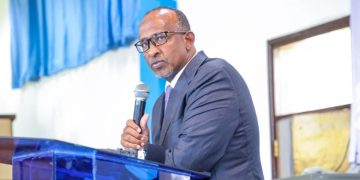

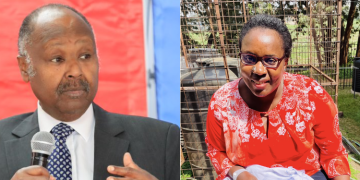
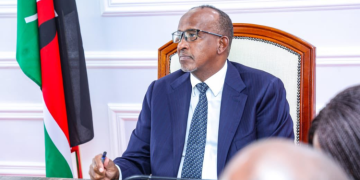
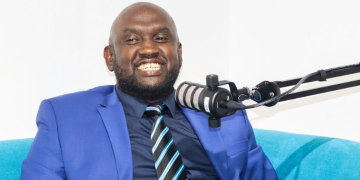
![Debate Rages Over Proposed Increase In Legal Drinking Age [Video] Nacada Lists New Requirements For Alcohol Advertising And Licensing]( https://thekenyatimescdn-ese7d3e7ghdnbfa9.z01.azurefd.net/prodimages/uploads/2025/07/beer-360x180.jpg)
